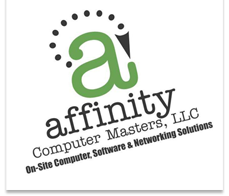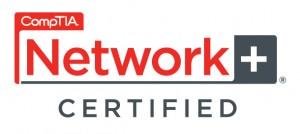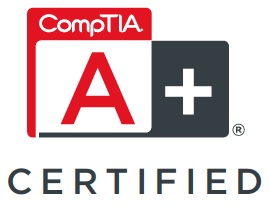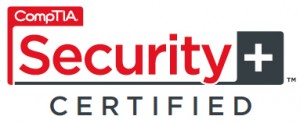So you think you have a virus
Virus, Spyware, and malware are terms that are often used interchangeably by non-technical users to refer to unwanted software glitches that attach themselves to your Operating System and programs and cause your system to run at less than peak efficiency, sometimes shutting it down completely. The good news is that a software problem such as a virus or malware does not attack the machinery of your computer, and can be removed. The bad news is, it can mean needing to reboot your operating system to make the removal complete. If you have followed our advice and have a backup system, this will cost you a couple of hours, but will not effect your data. If you have not, please accept our condolences, but much of your precious data may well be lost to the ether. Before you panic, here are some steps you can take. Virus Scan Most computers come with some type of virus and malware scanning software that will help you identify and remove the unwanted files. Since each of them operates slightly differently, we will not attempt to run through those steps here. Typically, you can find your anti-virus program in your programs list in the start menu. Most programs will take you step by step through the process of running them with onscreen prompts. Before attempting any scans, your should restart your computer in safe mode. To do this, shut the machine down and restart, while pressing the F8 button found in the top row of your keyboard. This will give you bootup options. Select “safe mode with networking” so that you can access the internet for downloads or to find advice if needed. Run your anti-virus and malware detection software in safe mode, allowing it to complete and remove any files it found. Once this is complete, restart the system normally and run the scan again to check for hidden issues. If your scan comes back clean and the computer seems normal, return it to normal use. If not, contact us for an appointment to complete the...
read moreSo You Think You Have a Virus?
Virus, spyware, and malware are terms that are often used interchangeably by non-technical users to refer to unwanted software glitches that attach themselves to your Operating System and programs. The good news is that a software problem such as a virus or malware does not attack the machinery of your computer, and can be removed.
read moreC-Cleaner Tutorial
C-Cleaner is a great tool for cleaning up unnecessary files in your browser cache and other places that can slow your computer. It also has features for correcting minor errors in your computer’s registry, such as broken shortcuts to files that have been deleted. 1:To download C-Cleaner go to: http://www.piriform.com/ccleaner click on the “download” button 2.Choose your cost option, the free version works great and is the version described here. Select one of the download sites, “File Hippo” is a safe and easy download, and the one we used for this tutorial. 3. Click on the “Download latest version” link in the top right corner. 4. Your download should start automatically. In Firefox, select the “save file” option, then click on the C cleaner file in the download window to start the process. In Explorer, choose the “run” option at the bottom of your screen. 5. Give the program permission to make changes, if asked, then click “next” on the dialog box that opens. 6. Read the license agreement and click on “I agree” to continue installing. 7.Uncheck any options in the following dialog box that you do not want applied. We installed it with all boxes checked. Click on the “install” button at the bottom of the screen. 8. Click “finish” on the next popup screen. 9. Take a look at the main C-Cleaner screen. On the left are several tool options, we will be using the “cleaner” and “registry” options in this tutorial. Make sure the “cleaner” option is selected, which is default, and click on “run cleaner”. 10. Click on the “ok” button on the next dialog screen to start the cleaning process. 11. Once the cleaner has completed, which can take up to several minutes, select the “registry” option on the left. 12. Click on the “scan for issues” button at the bottom of the screen. 13. Uncheck any registry issues you do not want C Cleaner to deal with. We left them all selected. Click on “fix selected issues”. 14. Click on “yes” to backup your registry in case changes cause issues, you can restore the registry. 15. Click on “new folder” and name the new folder “registry backup”. Open it and click “save” on the bottom of the C Cleaner window. 16. Click on “fix issues” on the next window that opens. 17. Click “close” and then exit C Cleaner. This program can be run as often as you like, but probably only needs to be run once a week to keep your cache and other misc. files emptied out and your computer running...
read more






Follow Us!